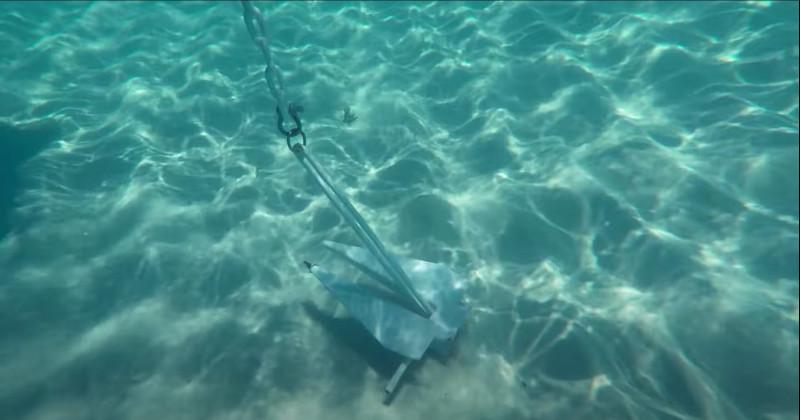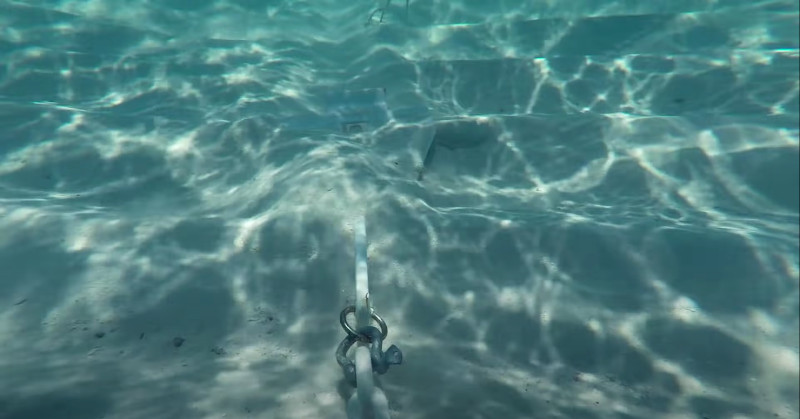So you are looking to stop off for a few hours to relax and enjoy your boat, maybe to bask in the sunshine or take a dip in the sea, or perhaps even for an overnight stay? It’s important to anchor your boat correctly, especially when you are not able to regularly check that you're not drifting in the night. There’s a big difference in dropping the hook for a lunchtime stop and anchoring for an overnight stay. In this article we will tell you how to set a boat anchor correctly.
Boat anchor setting
Step 1: Choosing your location
The most important things to keep in mind before deciding where to anchor your boat are wind, current and water depth.
It’s important to make sure that you are far enough away from shallow waters and any potential hazards that your boat could drift into while anchored. You also need to make sure that there are no hazards in the entire turning circle of the boat.
Once you are happy with your boat’s location then it’s time to drop the boat anchor.
Step 2: Dropping the boat anchor
An easy mistake to make is to just throw your boat anchor and line over the side. This can cause issues with the anchor getting tangled in the line or chain and not laying correctly on the ocean floor.

You should carefully drop your boat anchor straight down and feed the line until you see or feel the anchor hit the bottom.
Once the boat anchor is resting correctly on the bottom, it’s time to set the anchor.
Step 3: Setting the boat anchor
To set the boat anchor, give out some scope (surplus anchor line) and then hold the line on a cleat and let the anchor start biting on the seabed as the boat drifts back on the current. Gradually continue to pay out more scope until you feel the anchor bite and hold.

Your boat anchor should embed itself in the ocean floor, give it a hard tug to ensure that it is set. An anchor being set means it’s completely stuck.
Once you’re happy that the anchor is set, tie the anchor line off on a cleat and you’re ready to enjoy the waters!
How much scope should I let out?
For anchor chain, you want to ideally have 3 times the depth of water for the chain
- So in 5 metres of water, you will want 15 metres of scope.
For rope lines, a good rule of thumb is 5 times the depth of water.
- So for 5 meters of water, you will want 25 metres of scope.
Check your mooring position
Traditionally, the way sailors have ensured they are anchored correctly is by using transits, visual environmental landmarks such as landmasses, other boats or buoys. Transits allow you to quickly perform a visual check of where you are in relation to a few of these landmarks. Remember, you may be swinging around a bit within your boat’s turning circle, and that doesn’t mean you are drifting. If you believe you are drifting then raise and reset the anchor.
If you’re anchoring at night, don’t forget your anchor lights to let other sailors know where you are.
If you have any questions about boat anchor, please feel free to email us at [email protected], or click the link below to see our full range:


How to set a boat anchor in 3 simple steps